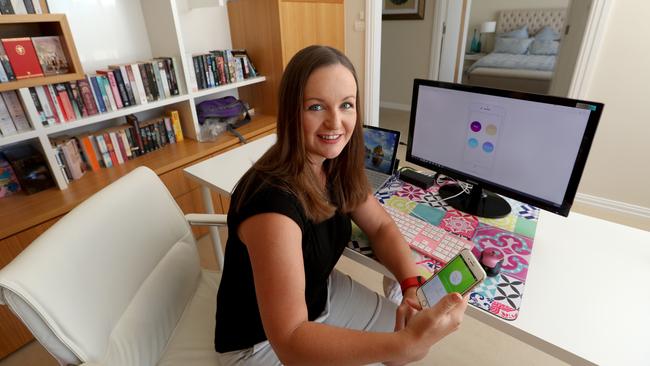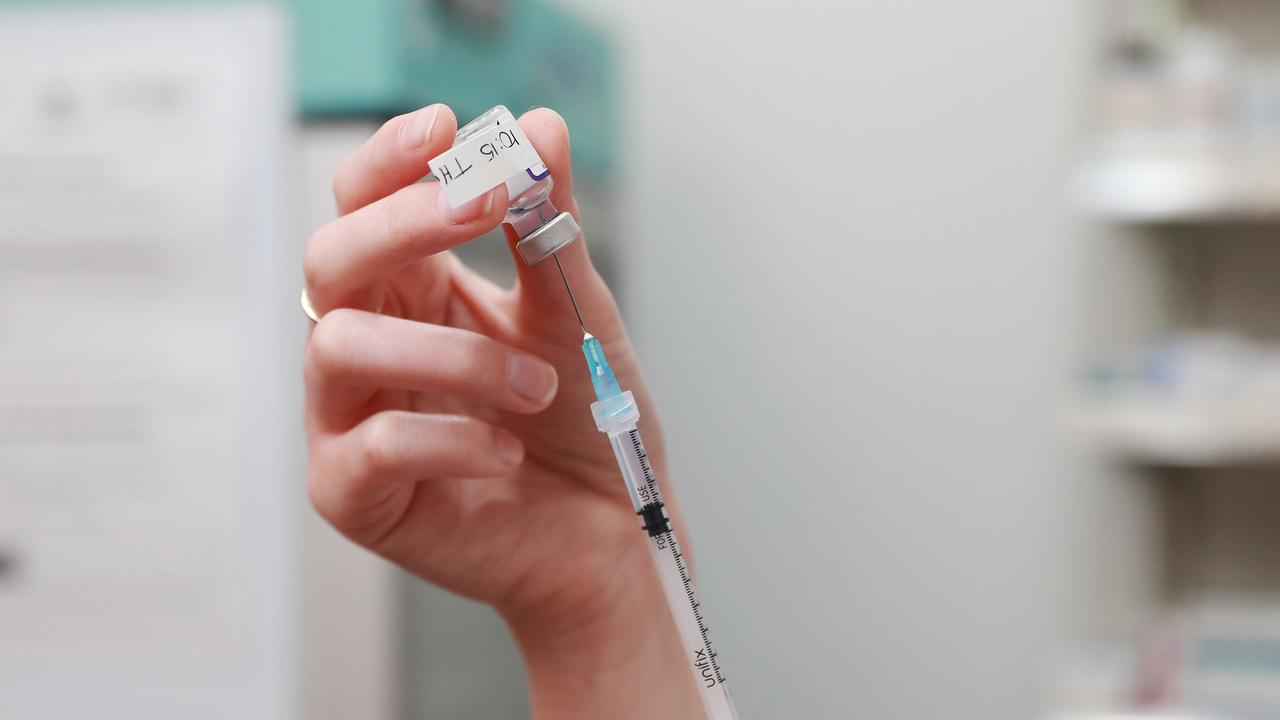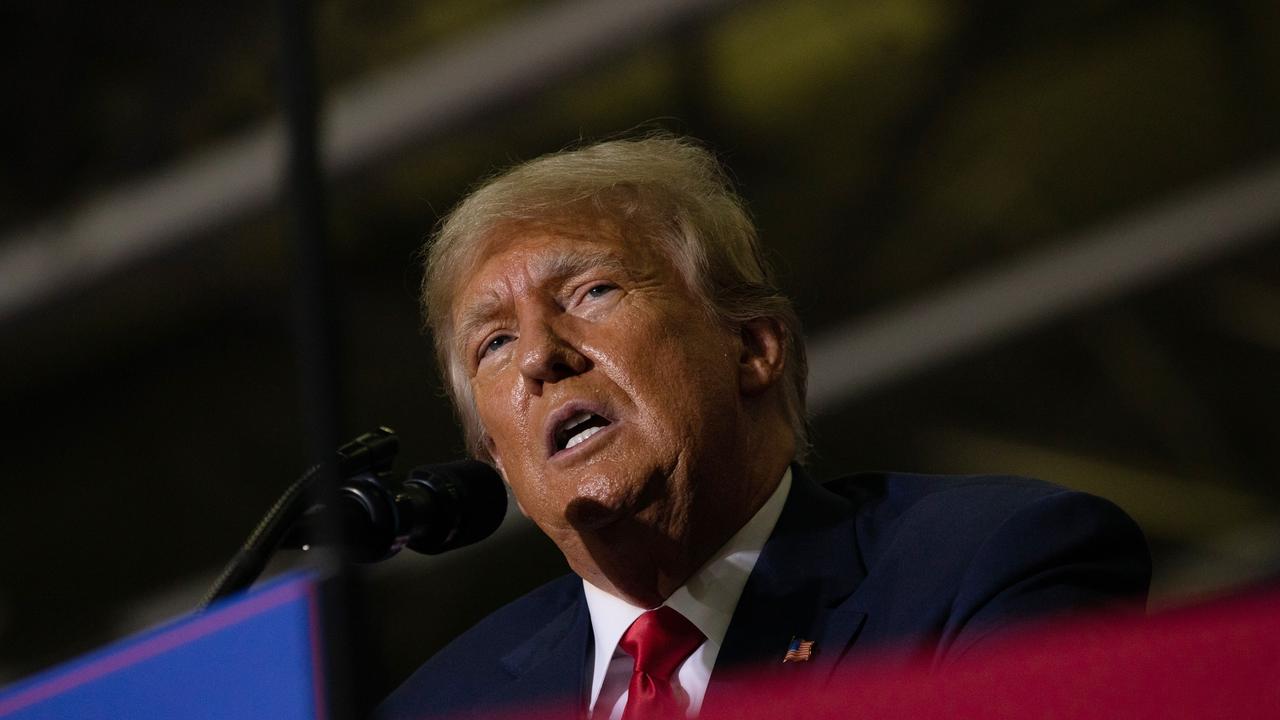Smartly monitoring stress among staff
Staff health can be monitored through biometric data from smart devices.

Smart watches, internet-enabled step counters and other devices that feed information into the cloud are becoming the norm for health-conscious people, and workplaces are realising how this data can be used to ensure staff are productive, monitor fatigue and watch for stress.
While concerns are being raised about privacy and how much organisations should be monitoring workers — or what levels of personal data they are legally entitled to access — industry experts are positive they can be used to create a healthier work environment.
Best practice insights company CEB’s human resources advisory leader Aaron McEwan says using biometric data and health analysis through smart devices is only just scratching the surface.
McEwan says the present standard of monitoring employee wellbeing is via surveys and regular one-on-one meetings, but people do not often say what they feel or mention how colleagues affect their working conditions, for fear of reprisals.
He says if companies could use biometric data — including devices that monitor sweat, heart rate and potentially fatigue — then the information gathered could more accurately show how staff are feeling, how productive they are, and how they are relating to others.
“If you’re overstressed, under-slept, overworked, the last thing you want to do is fill out another form,” McEwan says. “There’s something about the richness of biometric data that is being collected that will tell us the truth — maybe the answer is to shut down for a few hours a day and have a siesta. If the deal is, ‘I give you my data, you give me the freedom to run my day’, let’s do it.”
Devices now being tested include sweat monitors and others that show how a person’s body reacts to interactions with others.
McEwan says that can be telling when it comes to how staff affect others — be it disruptive colleagues, managers who make life difficult, or staff who frustrate others by playing video games instead of working.
“If there is an individual no one wants to interact with, where there’s smoke there’s fire and maybe we should talk to some of those people,” he says.
For example, a smart watch may be able to provide feedback on how an executive has responded to board meetings through stress levels, and offer tips on how to counter those.
“If 15 minutes before that, because your phone is connected to Outlook, it tells you you haven’t slept well for two weeks, your previous interactions have high stress levels because of your sweat recordings, so here’s a five-minute relaxation program,” he says.
“That’s an application that I can see happening.”
Any data sharing should require specific agreements between workers and management, and in the US, where work is tied to health insurance, companies are already offering devices to staff. McEwan says that could also happen in Australia, particularly in industries where sleep and fatigue are critical.
Kirsty McCulloch, an international expert on sleep and fatigue management, has developed a prototype for an app that monitors working hours and how much rest people get.
McCulloch says industries including oil and gas mining, medicine, emergency services and transport have sectors where people work extraordinarily long hours with short breaks, high levels of stress and not enough sleep.
The app allows people to input information on the number of hours they’ve worked, their rest and sleep, and can connect to a smart device to download data.
“If it shows they haven’t been getting enough sleep or working too much, it will ask them to do a reaction-type test,” McCulloch says. “Everyone feels they’re tired at some time of the day, but when is it not safe and when do you make that call that it’s unsafe?”
She says the app alerts managers in real time when workers enter the fatigue amber or red unsafe zones. The manager can then speak to the employee about their tiredness or provide a break.
Senior staff will only be given personal details of those in fatigued states, with the remaining data collated but not identifiable.
McCulloch says workers in some industries including medicine — where doctors can work 20-hour shifts in public and private practice — and fly-in, fly-out mining, where shifts can be up to 16 hours with only one or two days off a month — can have significant levels of anxiety and stress, with implications for their health.
“A lot of companies don’t know what their workers are doing. More often than not, you don’t get slackers and they want to work overtime, and a lot of workers will work at home,” she says.
“They don’t know when they’re doing it, and it gives them better visibility so companies can monitor risk.”
Medibio chief executive Kris Knauer has been analysing the overnight heart rates of workers to monitor stress and anxiety levels, and has compared the data with psychological testing.
Knauer says while some workers can tick boxes in theoretical tests to indicate they are fine, biometric data can determine how people react to their work environment without gaming the system. “We look at the slope of the heart rate in the first hour they’re asleep, and how they move in and out of sleep cycles,” he says.
After studying data from research over 15 years in Ottawa, Canada, Knauer found people with depression followed particular heart rate sleep patterns, while those with anxiety followed different patterns.
He has recently been involved in a national study of 1000 workers and their sleeping heart rates in conjunction with two psychiatrists, but the results have yet to be finalised.
“Companies have tried self-reporting in the workplace a number of times and there’s this thing called self-reporting bias, where people downplay their feelings,” he says. “But you can’t fake heart rate data.”
If the data shows anxiety or depression markers, Knauer says the candidate can be confidentially referred to an employee assistance program or a psychiatrist.



To join the conversation, please log in. Don't have an account? Register
Join the conversation, you are commenting as Logout